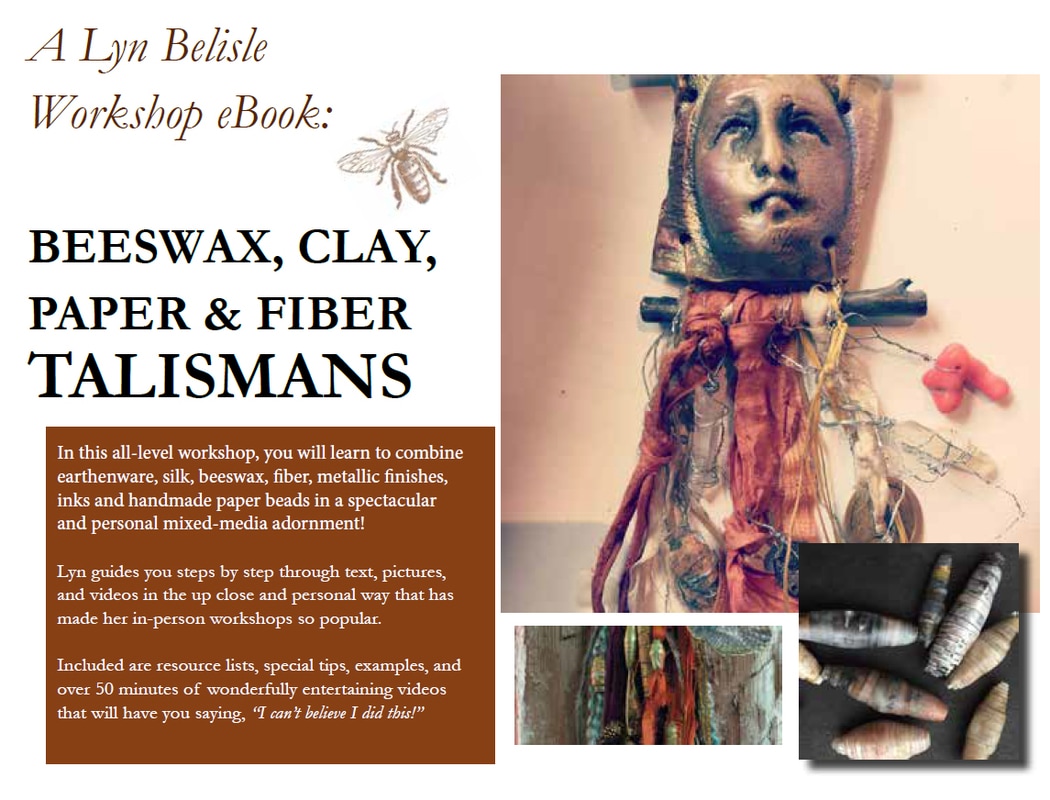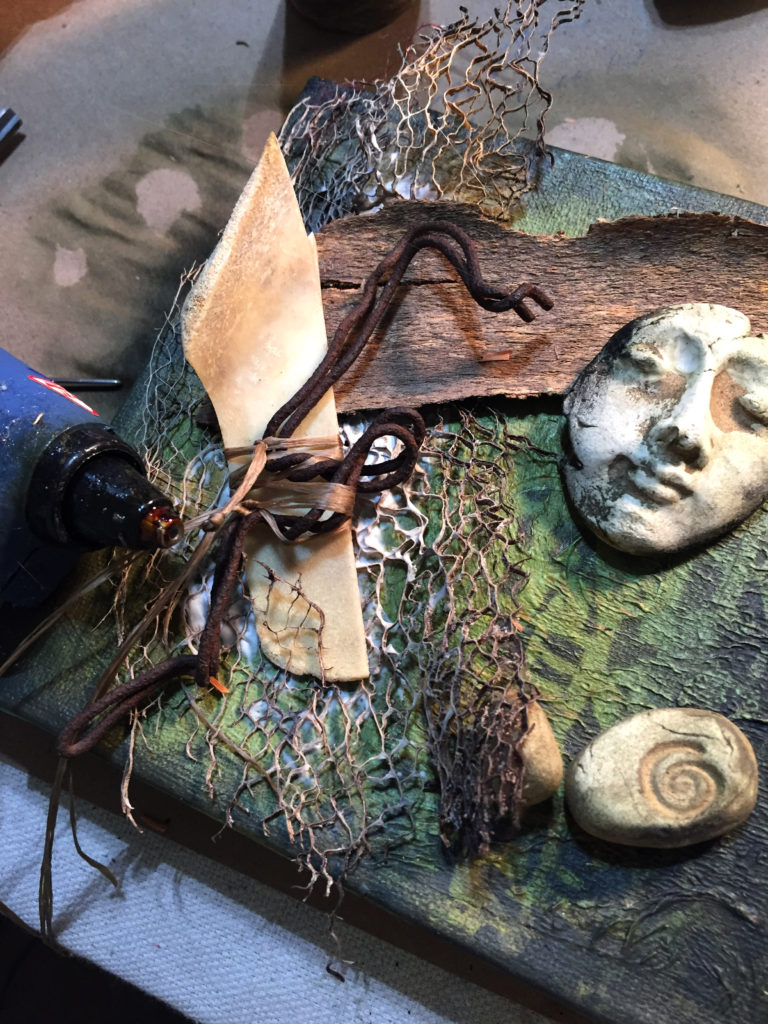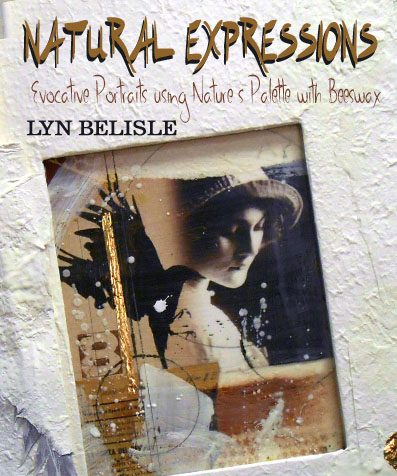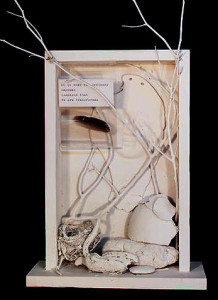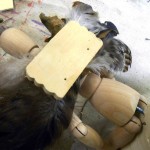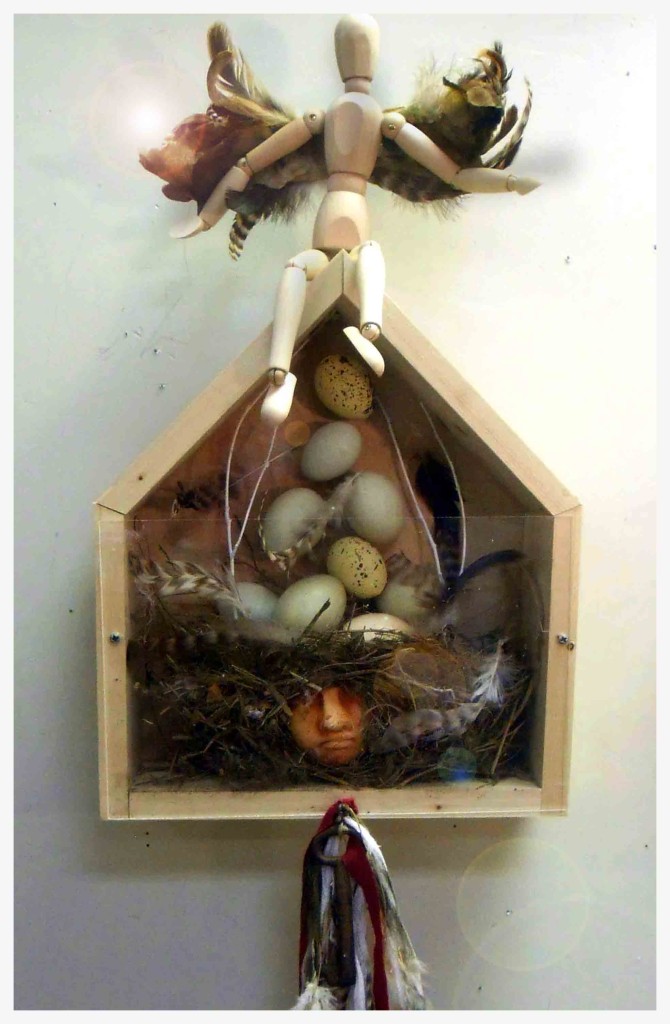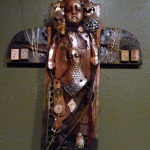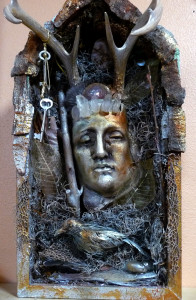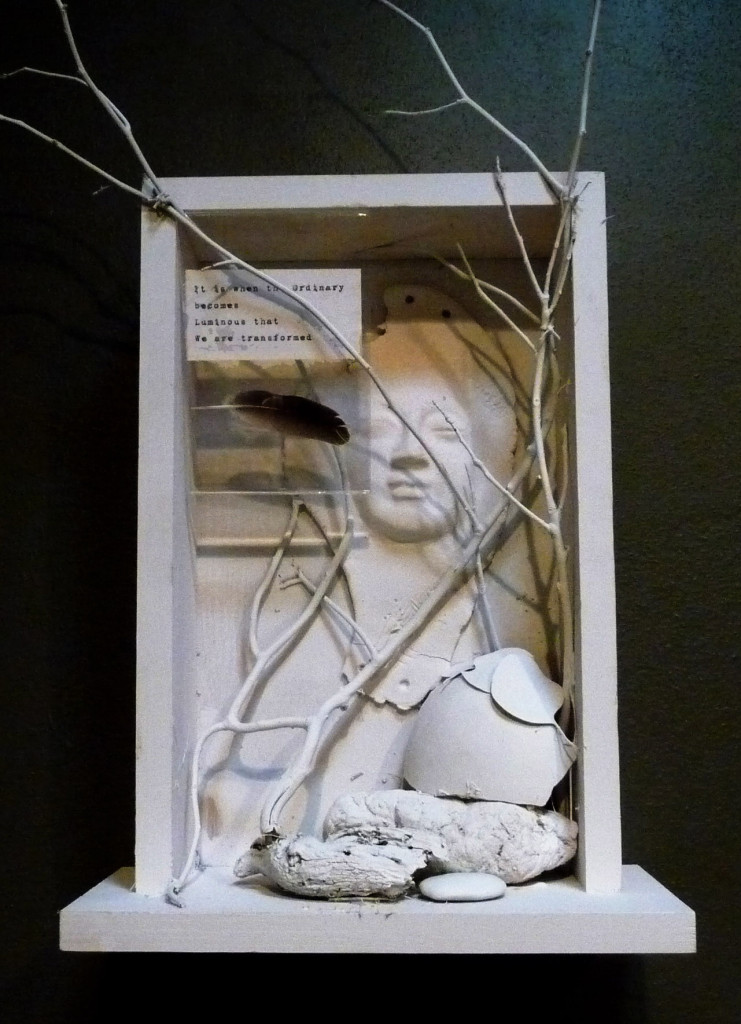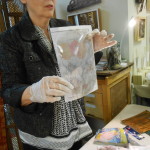
Taken at the National Archaeological Museum in Athens
Examining shards of pottery in Greece, especially in historical museums, is a fascinating and often deeply meaningful experience. These fragments, bearing partial symbols and images, are remnants of ancient lives and cultures, offering glimpses into the past. Each shard is a piece of a larger narrative, a fragment of a story that once was whole.

Taken at the National Archaeological Museum in Athens
The symbols and images on these shards might depict scenes from daily life, mythological tales, or intricate patterns that were significant to the culture that produced them. Even in their broken state, these fragments can tell us a great deal about the artistic styles, technological advancements, and social practices of ancient Greece.
One of the most compelling aspects of these shards is their ability to be reassembled with other pieces, even those from different pots. This process is akin to piecing together a complex jigsaw puzzle where the final image represents a broader cultural or historical narrative. When these shards are put together, they often reveal a more comprehensive picture, connecting disparate elements to form a richer, more detailed story.

Humans have always told stories with symbols and pictures and objects.Even a small scrap of of pottery gives a rich clue that inspires us to infer more of the story.
My personal artwork has been strongly influenced by the idea of “shards” as a metaphor for human communication across time. A shard can be a found fragment of clay, a rusty nail, a scrap of handwriting – any little clue that becomes a “secret handshake” between the maker and the discoverer.

Lyn Belisle, Encanto Assemblage, 2011
Have you ever wondered whether fragments of the artwork that you create today might one day be discovered and displayed in a museum, offering clues to the creative expressions of the 21st century? Imagine a future archeologist unearthing remnants of our contemporary art, much like how we now marvel at the fragments of ancient Greek artifacts. Each piece, though incomplete, tells a story of its time, revealing insights into the culture, technology, and aesthetics that defined an era.
In ancient Greece, even the smallest fragment of a vase, statue, or fresco can speak volumes. These pieces provide invaluable glimpses into the past, allowing us to reconstruct the visual and cultural landscape of a civilization long gone. The intricate designs on a pottery shard or the delicate chiseling on a broken statue reflect the artistic prowess and thematic concerns of their creators.

Reconstructed Lion, National Archaeological Museum
Similarly, future generations might uncover fragments of our current artworks—perhaps a piece of a digital print, a shard of a ceramic sculpture, or a remnant of a mixed-media installation. These fragments would serve as tangible connections to our present, helping future historians and art enthusiasts understand the themes, materials, and techniques that shape our creative output.

Lyn Belisle, Shard Components
As artists, the possibility that our work could one day be part of an archeological discovery adds a layer of legacy to our practice. It encourages us to think about the durability and impact of our creations. What messages are we embedding in our work? How do our materials and methods reflect the values and technologies of our time? In contemplating these questions, we become part of a continuum, linking our contemporary expressions to the vast tapestry of human artistic endeavor.

Lyn Belisle, Icon, 2020
So, next time you create, consider the enduring journey your art might undertake. Perhaps, centuries from now, a fragment of your work will be unearthed, sparking curiosity and admiration in a future museum, much like the ancient Greek artifacts do for us today. Through these fragments, our stories will continue to be told, and our creative legacy will persist, connecting us to future generations in a timeless dialogue.

Birds on columns, Heraklion Archaeological Museum
Learning from the past enriches our understanding and inspires us to create meaningful, lasting art for future generations to cherish. Or maybe just to wonder about . . . .
End of lesson from Greece !!
Lyn


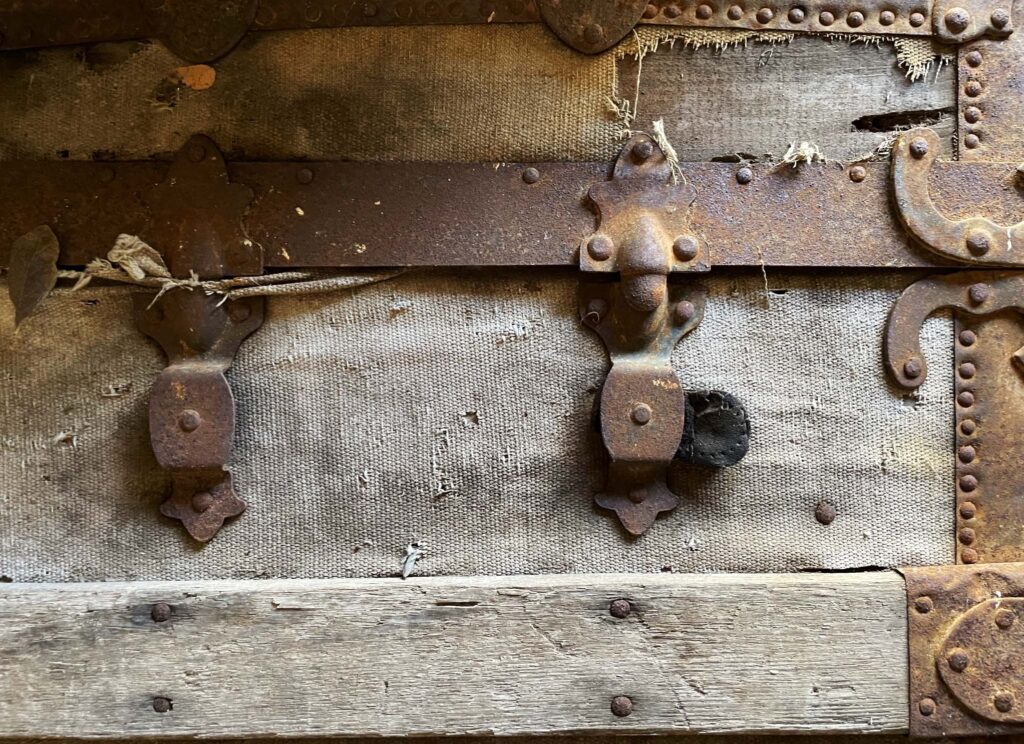
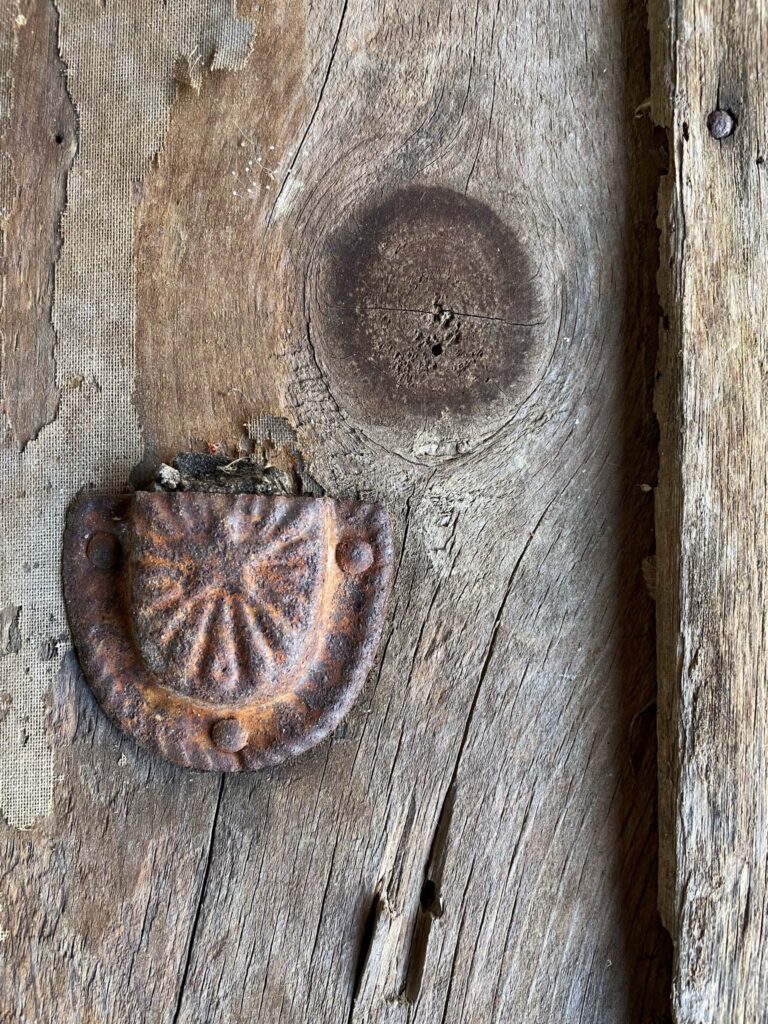

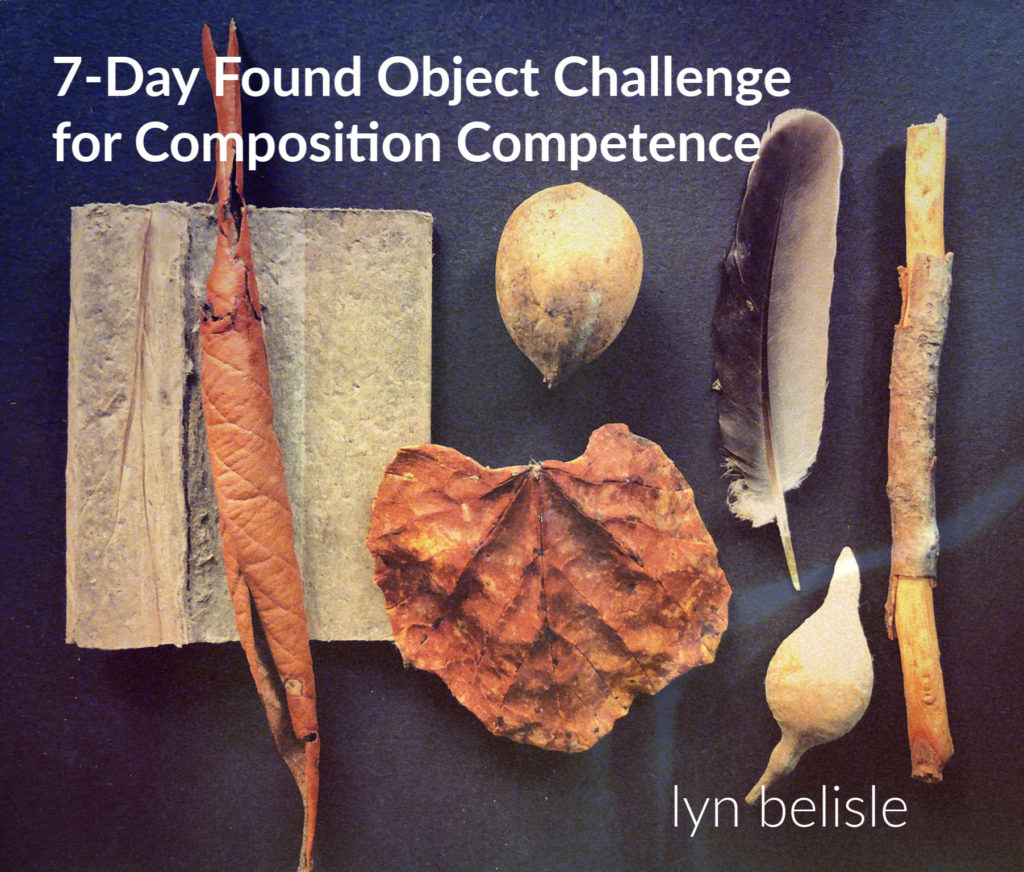

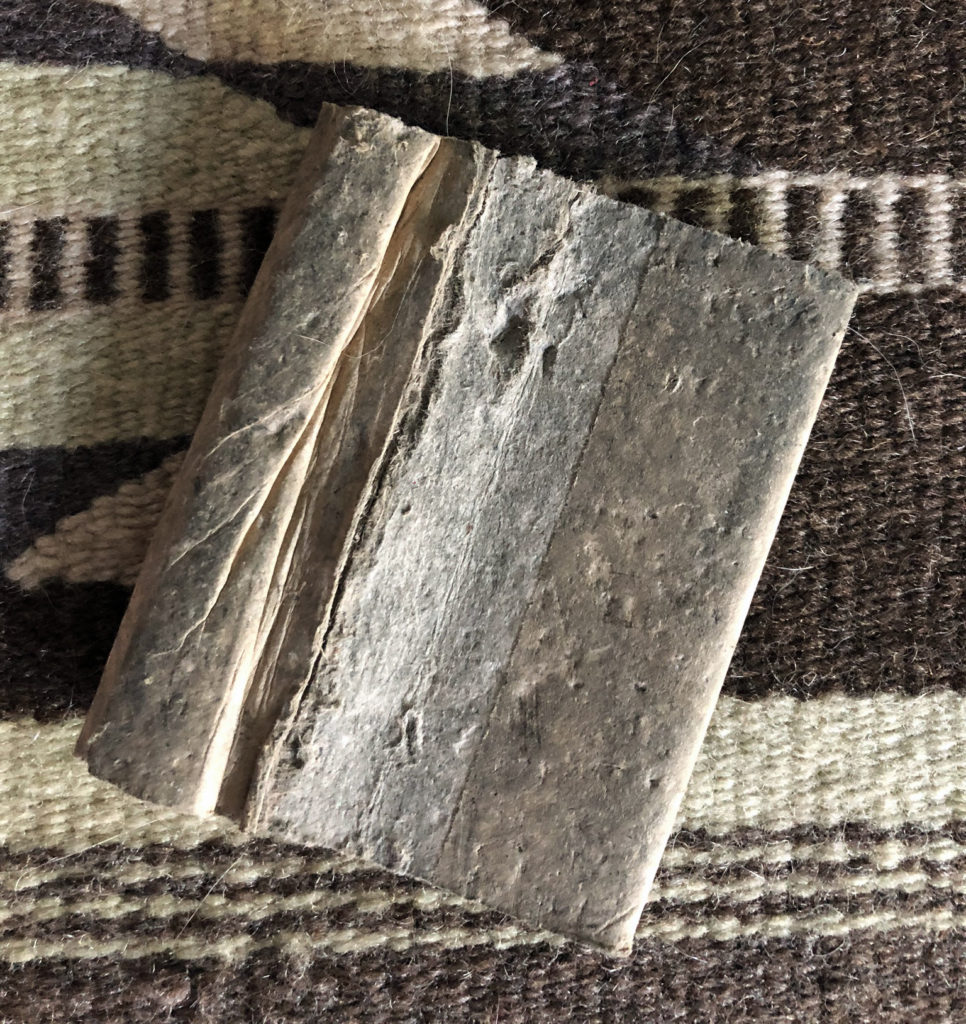
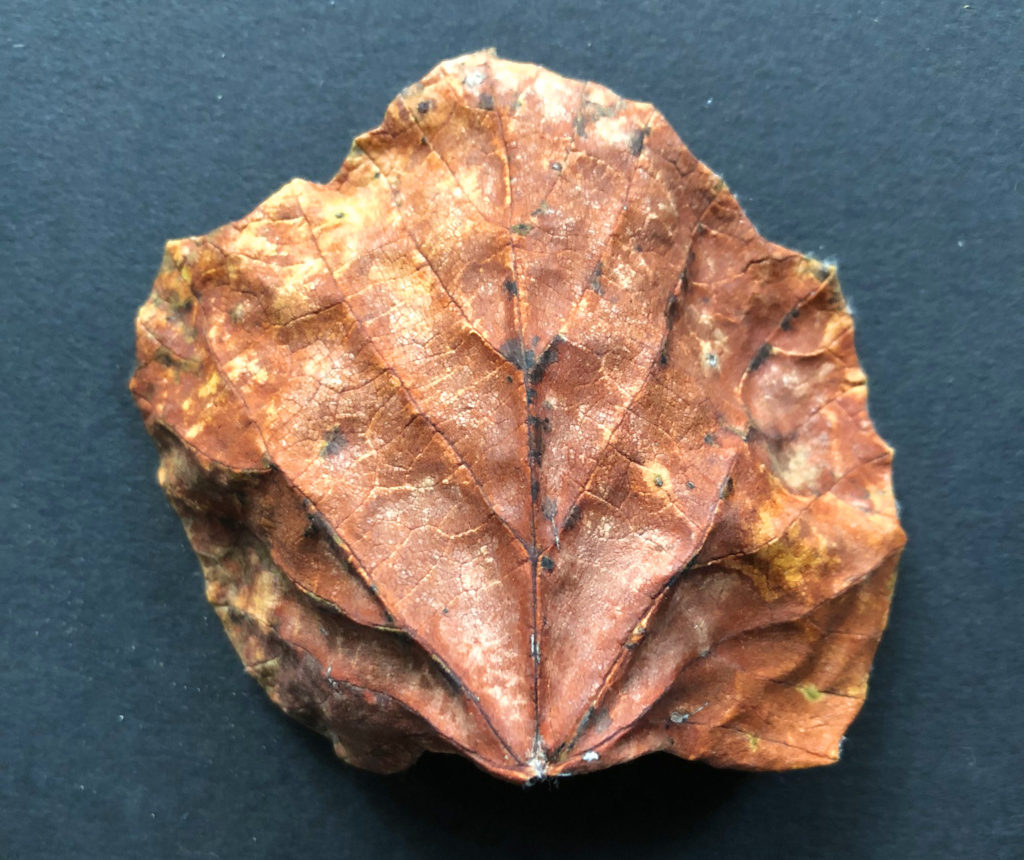
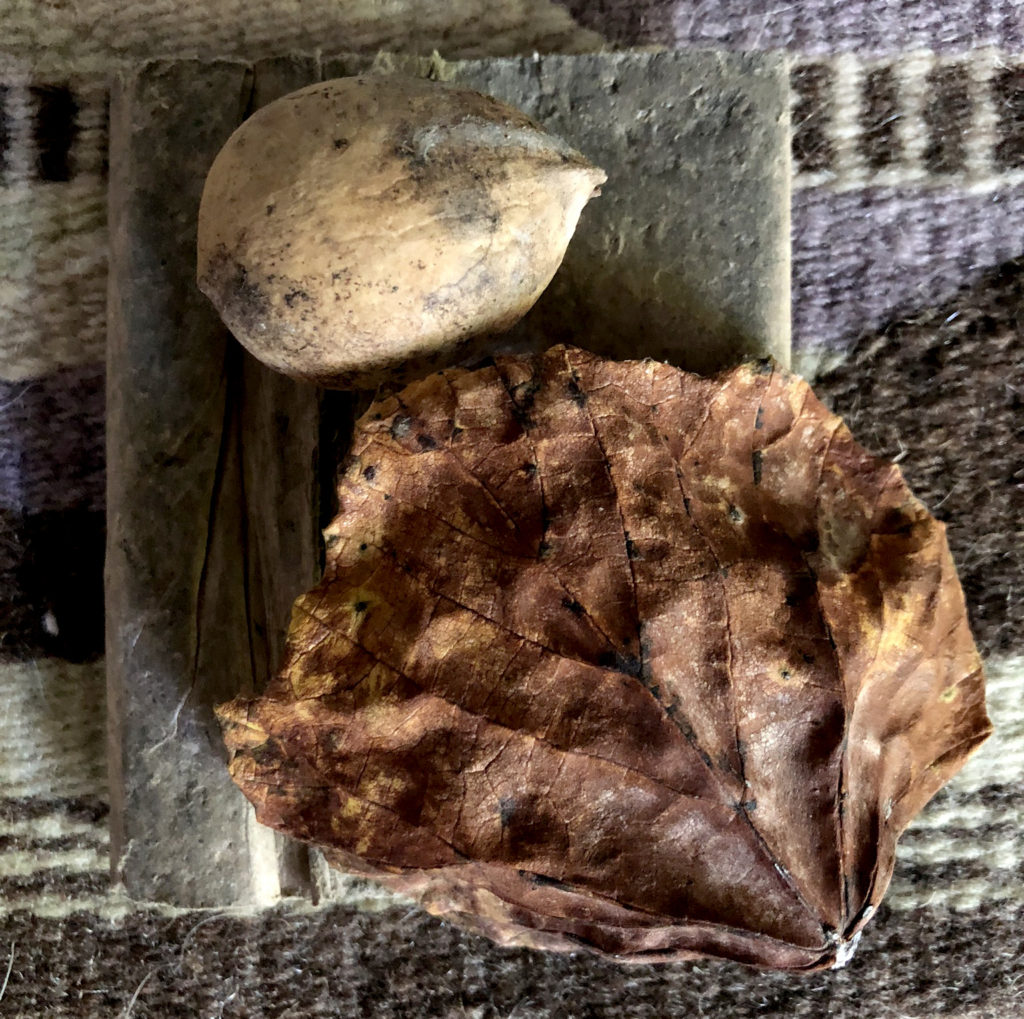





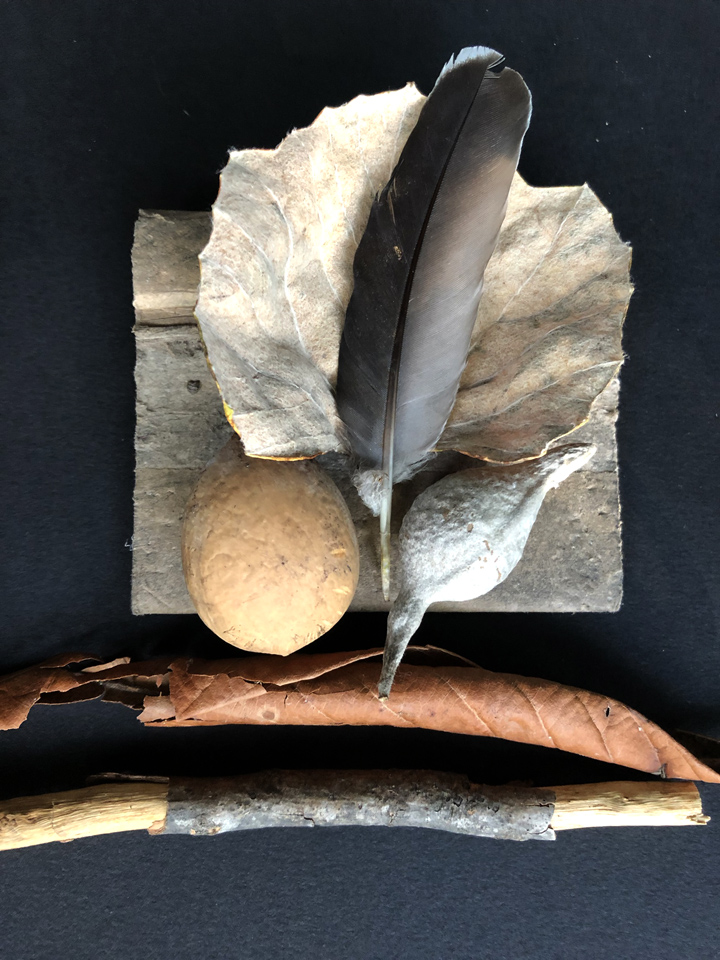
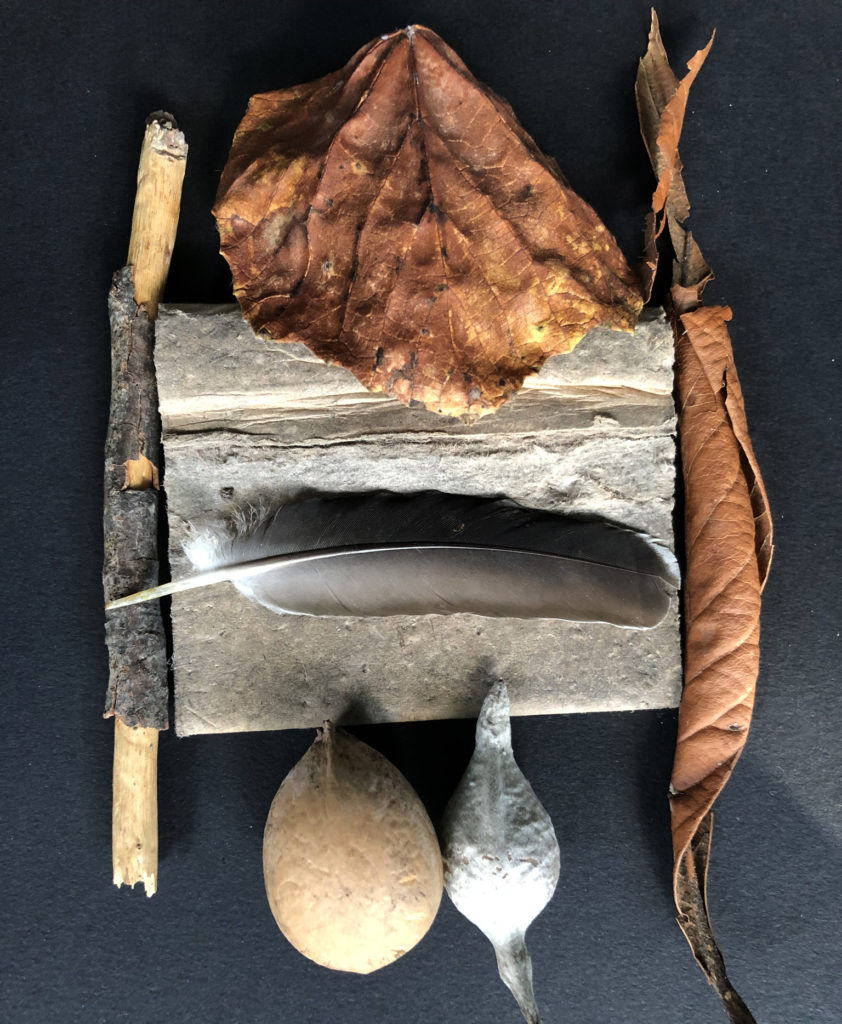
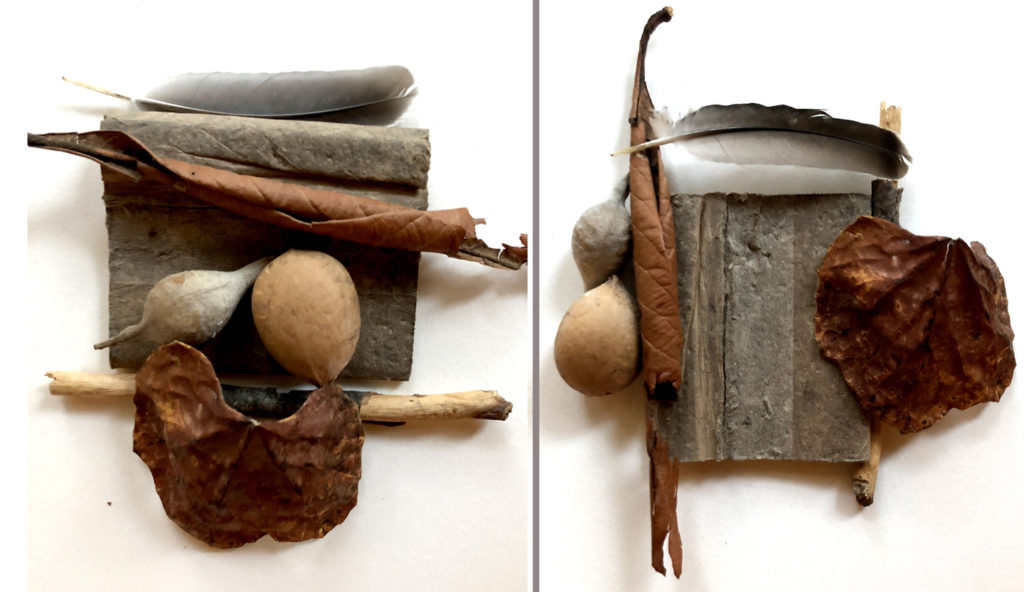

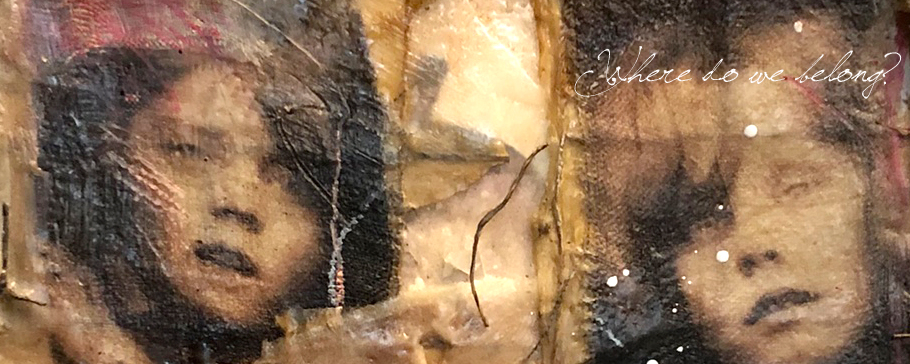
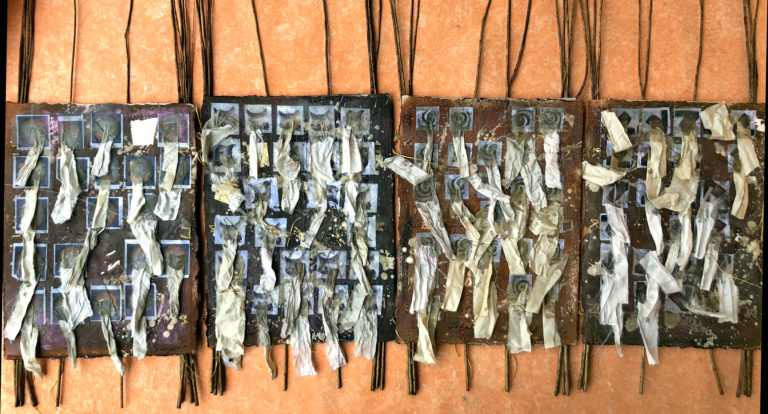
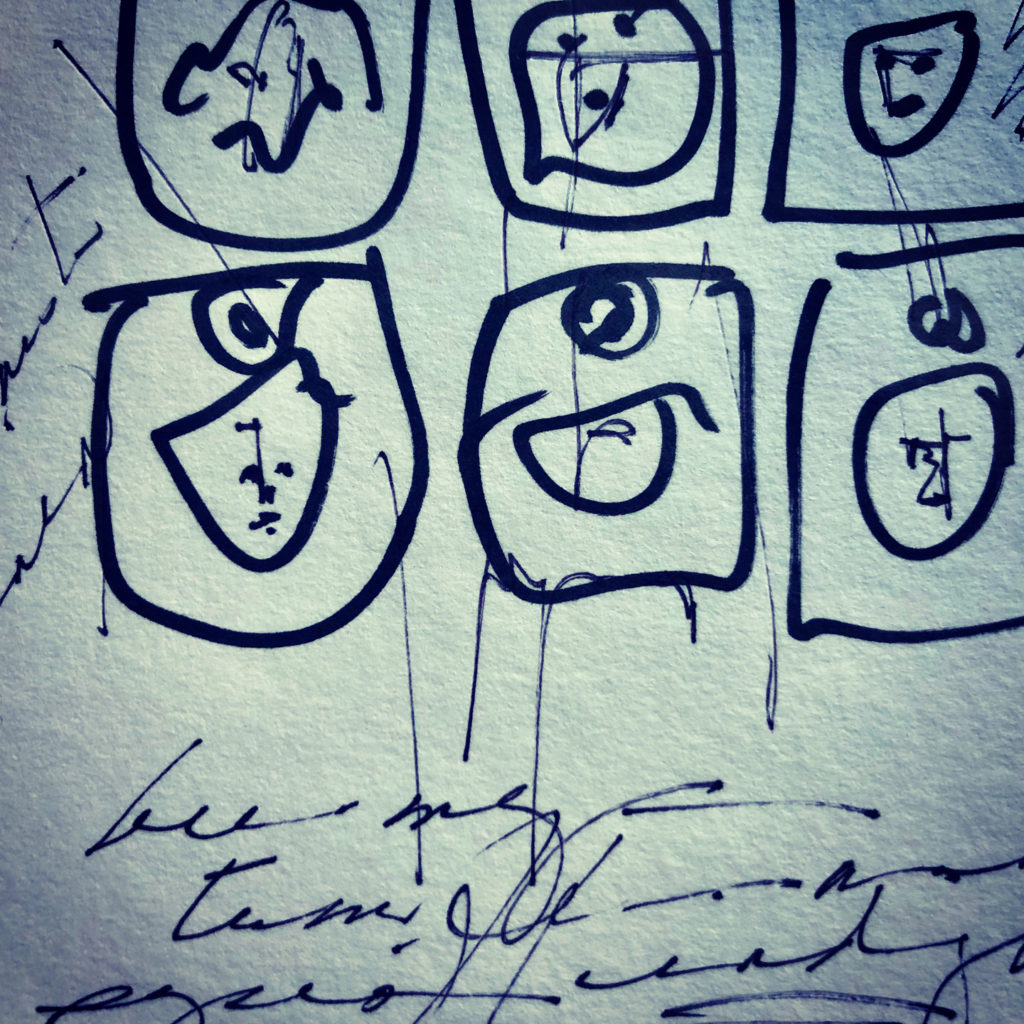

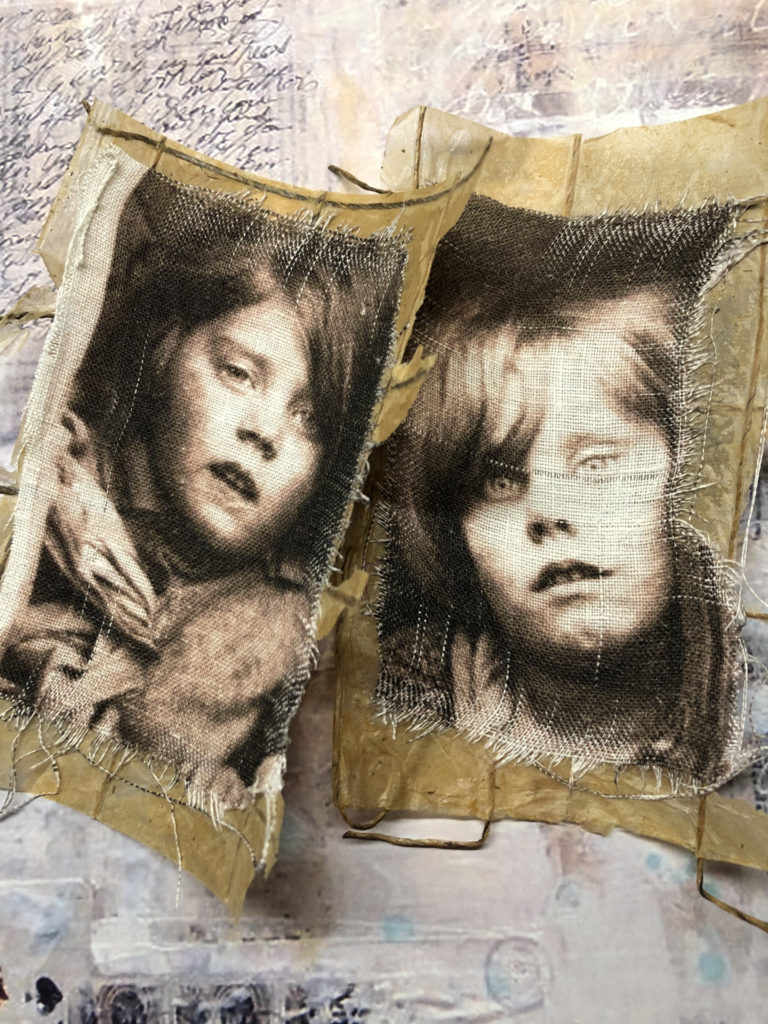
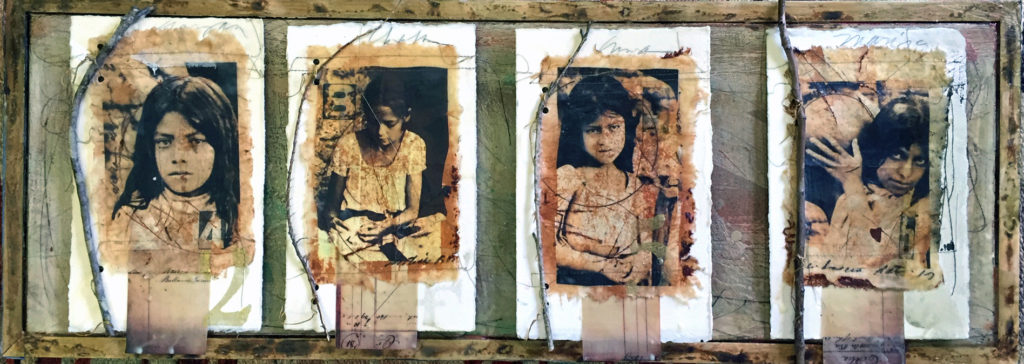

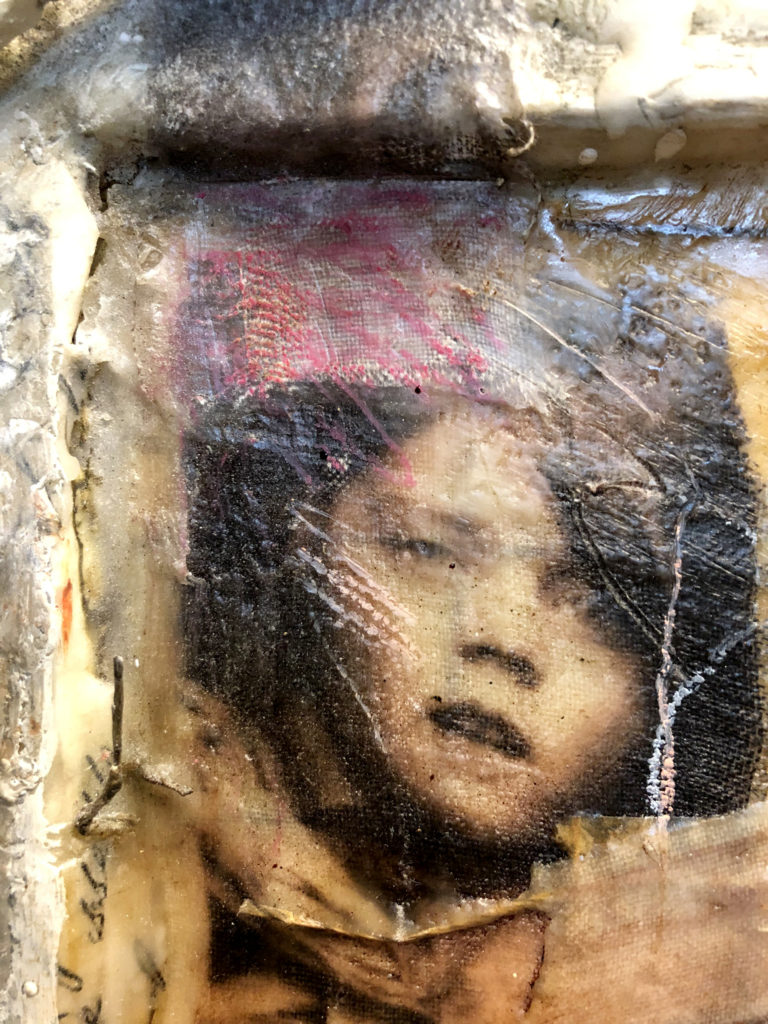
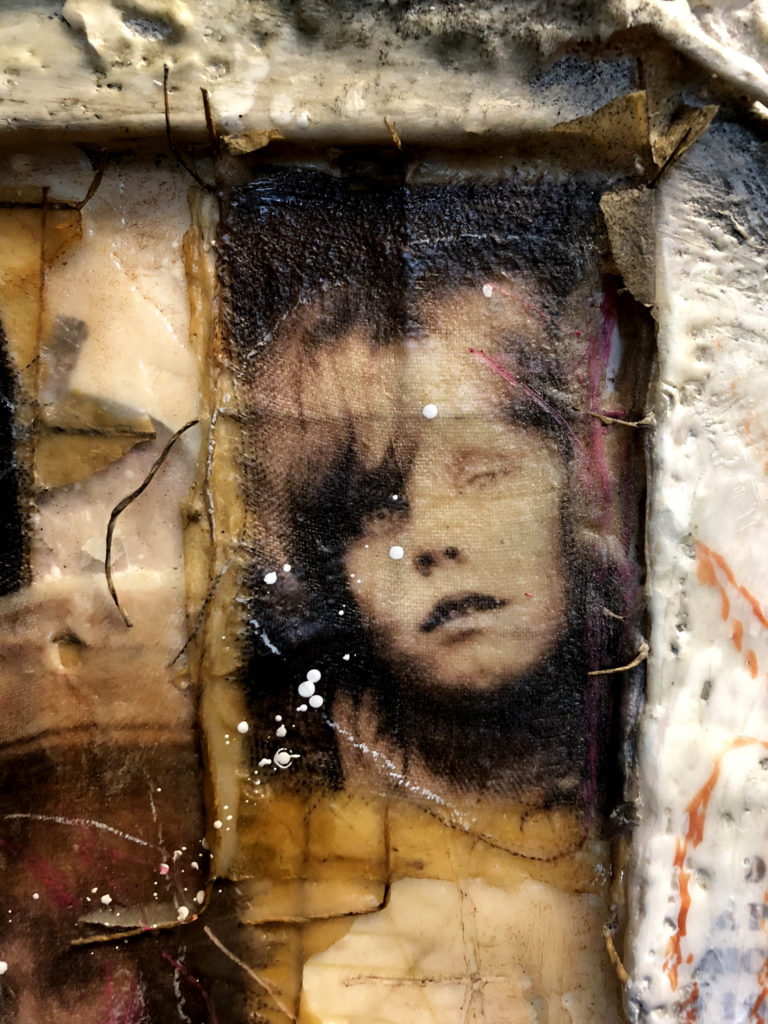
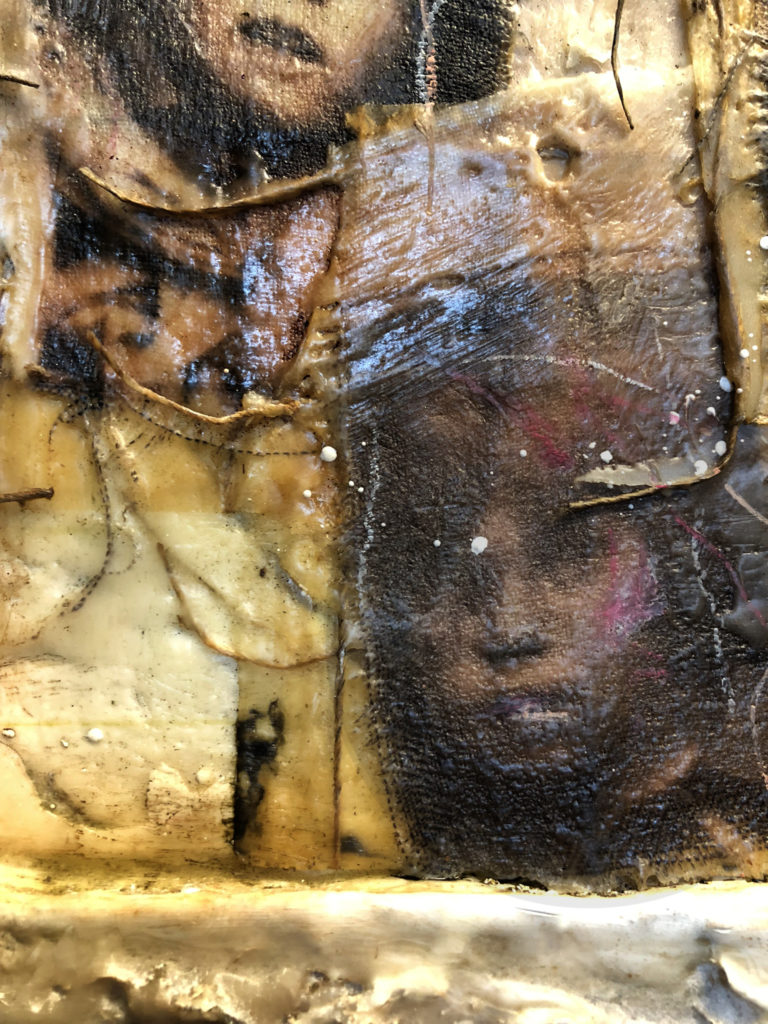
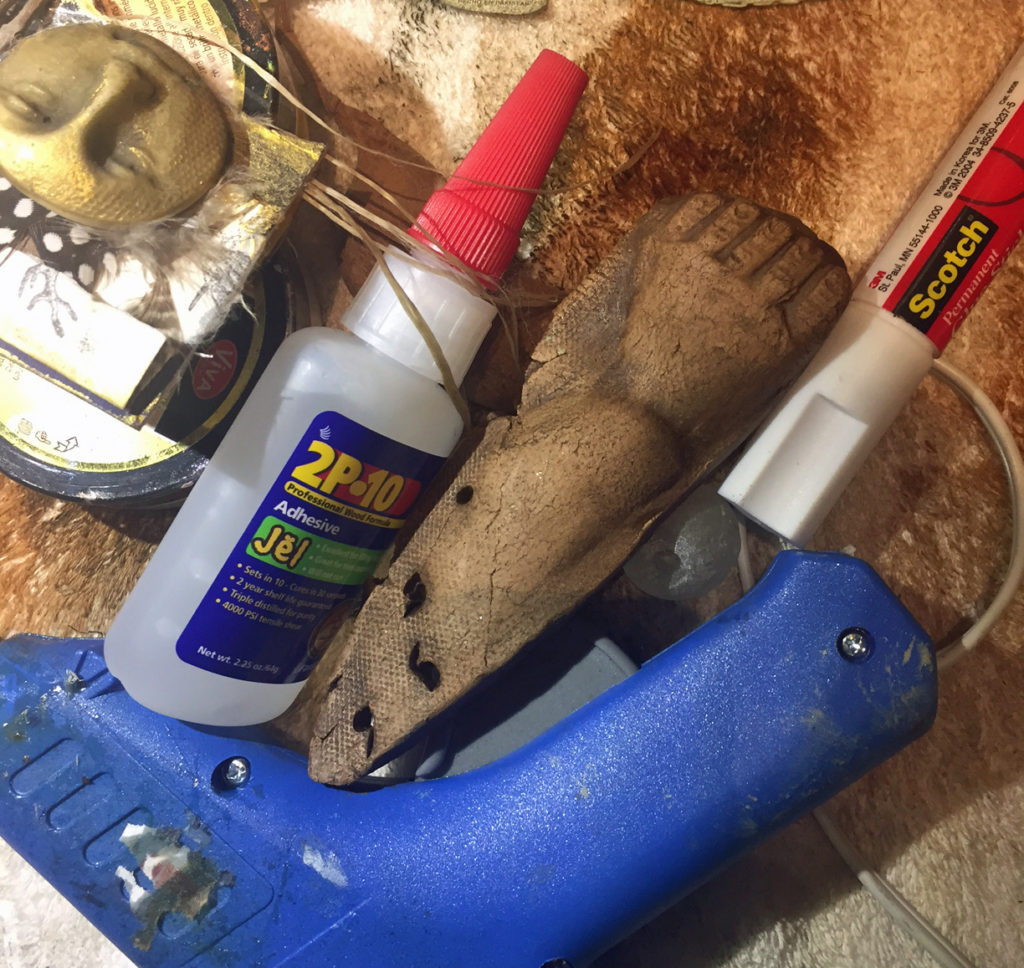
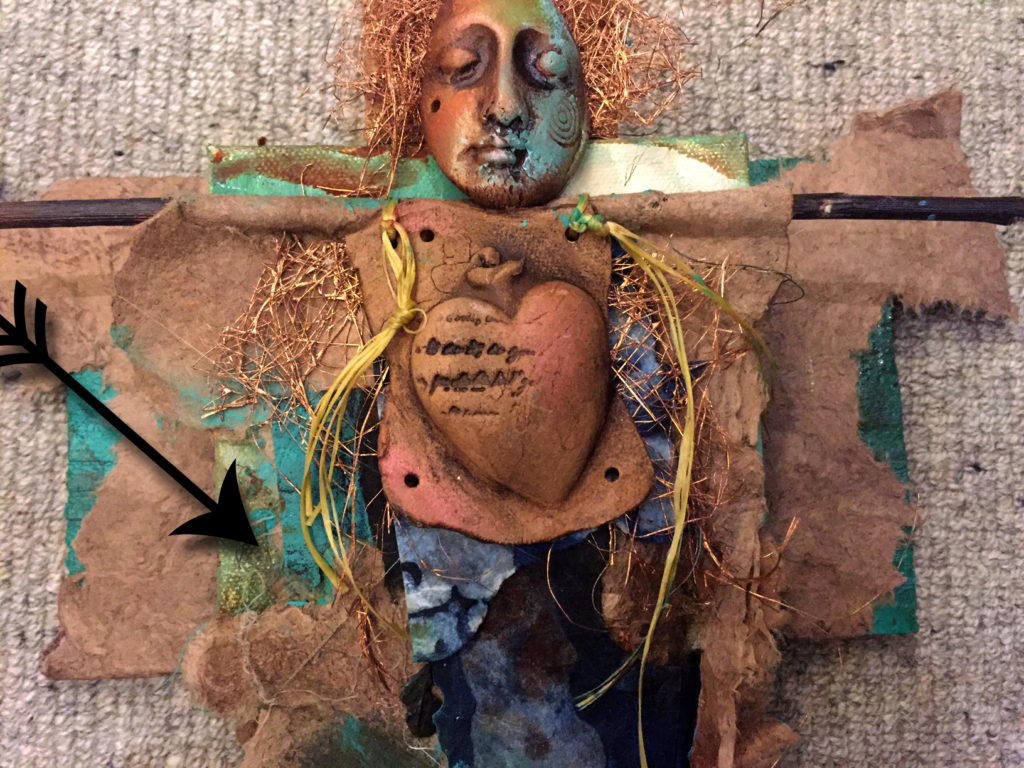
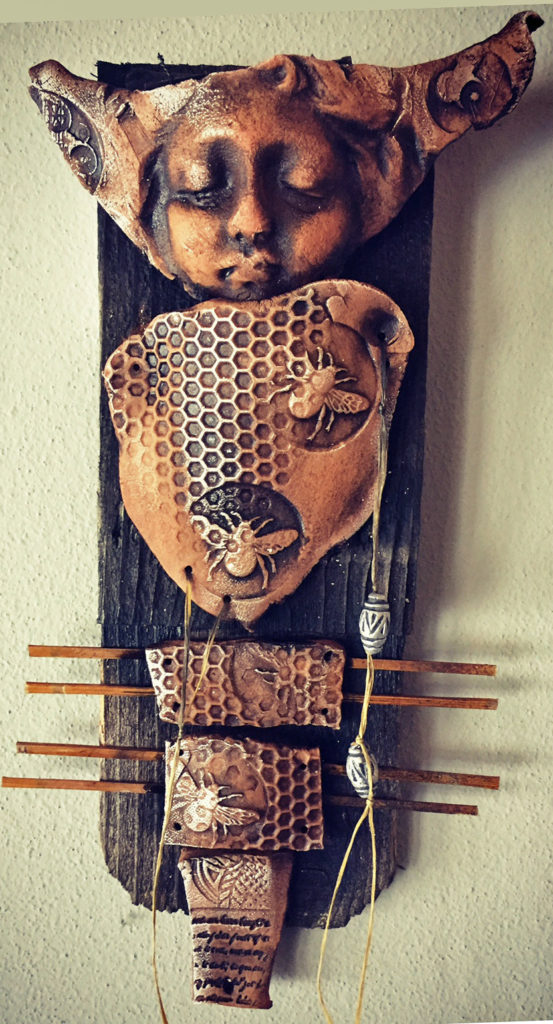
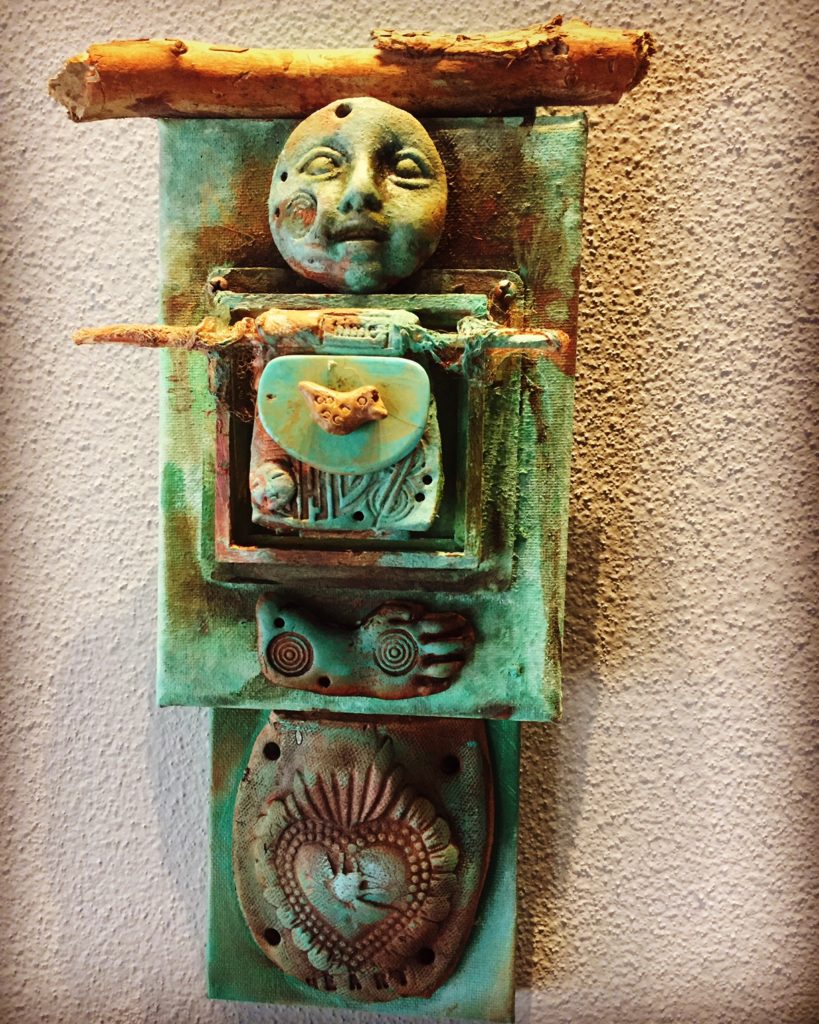


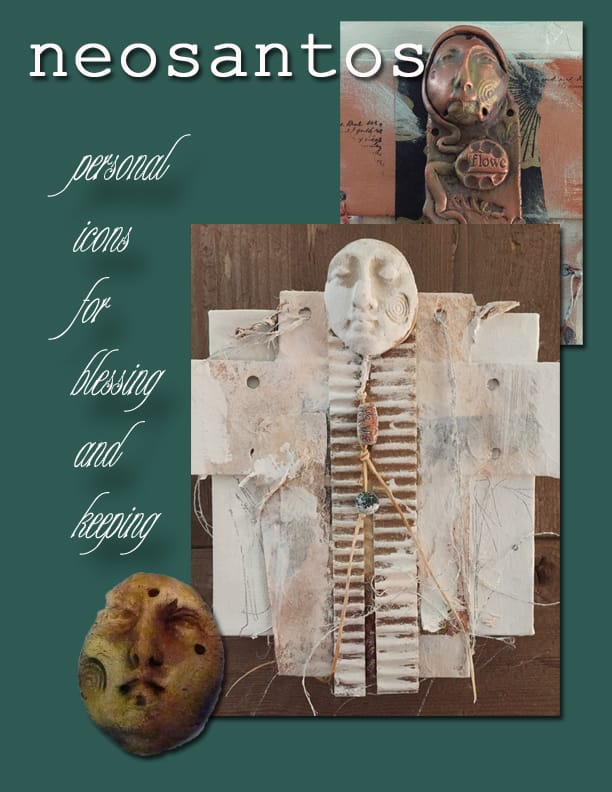
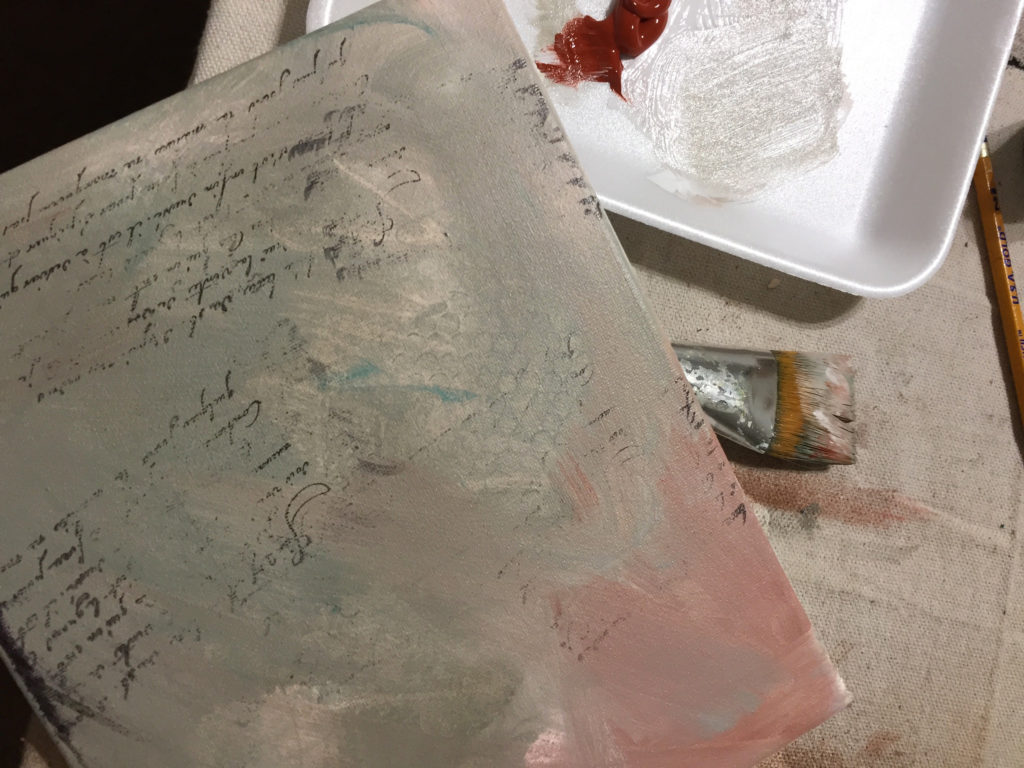 Second step – wrapping two small pieces of archival mat board in handmade mulberry paper using glue sticks.
Second step – wrapping two small pieces of archival mat board in handmade mulberry paper using glue sticks.




 Next – lay a small earthenware face onto the construction to see where it’s headed – do I like it? Not completely, but I’m not finished. And the face isn’t attached yet so I can change it any way I like.
Next – lay a small earthenware face onto the construction to see where it’s headed – do I like it? Not completely, but I’m not finished. And the face isn’t attached yet so I can change it any way I like. At this point, I’m going to stop with this prototype and when the workshop participants arrive this afternoon, I’ll show it to them, explain how I did it so far, then ask for suggestions. It’s a great way to work collaboratively.
At this point, I’m going to stop with this prototype and when the workshop participants arrive this afternoon, I’ll show it to them, explain how I did it so far, then ask for suggestions. It’s a great way to work collaboratively.